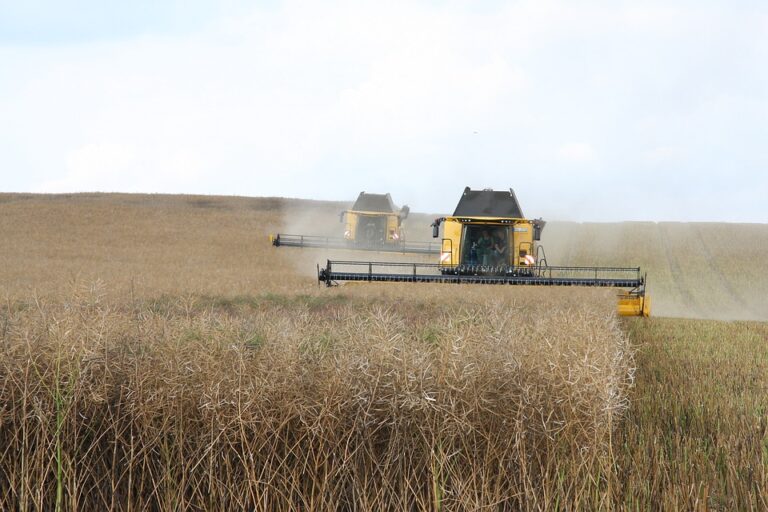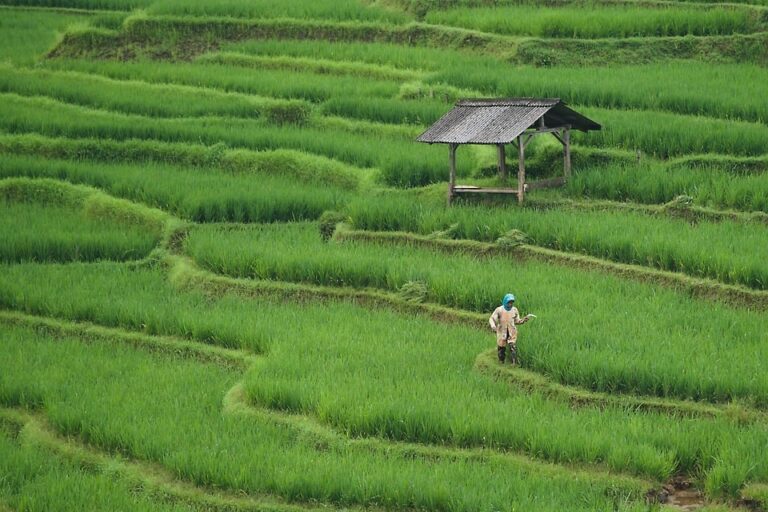Sustainable Living in Rekshino: How Rural Residents are Embracing Eco-friendly Practices
In the small rural village of Rekshino, located in the heart of the countryside, residents are embracing sustainable living practices in order to protect the environment and reduce their carbon footprint. With an increasing awareness of the impacts of climate change and the importance of preserving natural resources, many residents have made conscious efforts to adopt eco-friendly habits in their daily lives. From reducing waste and water consumption to promoting renewable energy sources, the people of Rekshino are leading by example in creating a more sustainable future for themselves and future generations.
Reducing Waste and Recycling
One of the key ways in which residents of Rekshino are promoting sustainability is through reducing waste and promoting recycling. Many households have implemented composting systems to recycle organic waste and create nutrient-rich soil for their gardens. By composting fruit and vegetable scraps, as well as yard waste, residents are able to reduce the amount of waste that ends up in landfills and instead use it to enrich their soil.
Additionally, the village has established a community recycling program that collects paper, plastics, glass, and other recyclable materials on a regular basis. By separating these materials from their household waste, residents are able to ensure that they are being properly recycled and reused, rather than being disposed of in a landfill. This not only helps to reduce the amount of waste that ends up in landfills but also conserves natural resources by repurposing materials for future use.
Conserving Water
Water conservation is another important aspect of sustainable living that residents of Rekshino have embraced. With the village located in a region prone to drought, residents understand the importance of conserving water and have taken steps to reduce their water consumption. Many homes have installed low-flow fixtures and appliances, such as toilets, showerheads, and faucets, which help to reduce water usage without sacrificing convenience.
In addition to using water-saving fixtures, residents have also implemented rainwater harvesting systems to collect and store rainwater for use in irrigation and other non-potable applications. By capturing rainwater from rooftops and directing it into storage tanks, residents are able to reduce their reliance on municipal water sources and conserve water during dry periods. This not only helps to protect the environment but also reduces water bills for residents.
Promoting Renewable Energy Sources
Another key aspect of sustainable living in Rekshino is the promotion of renewable energy sources. Many residents have installed solar panels on their rooftops to generate clean, renewable energy for their homes. By harnessing the power of the sun, residents are able to reduce their reliance on fossil fuels and lower their electricity bills while reducing their carbon footprint.
In addition to solar power, some residents have also implemented wind turbines on their properties to generate electricity from the wind. By using these renewable energy sources, residents are able to reduce their impact on the environment and promote the use of clean energy in their community. These efforts not only benefit the environment but also help to create a more sustainable and resilient energy system for the village.
Community Gardens and Local Food Production
In addition to reducing waste, conserving water, and promoting renewable energy sources, residents of Rekshino are also embracing sustainable living through community gardens and local food production. Many households have established vegetable gardens in their yards or on communal land to grow their own food and reduce their reliance on store-bought produce.
By growing their own fruits and vegetables, residents are able to reduce food miles – the distance food travels from farm to table – and promote local food production. This not only helps to support local farmers and businesses but also reduces the environmental impact of transporting food long distances. Additionally, community gardens provide a space for residents to come together, socialize, and learn from one another, creating a sense of community and connection among residents.
Overall, the residents of Rekshino have made impressive strides in embracing sustainable living practices and promoting eco-friendly habits in their community. From reducing waste and water consumption to promoting renewable energy sources and local food production, residents are taking proactive steps to protect the environment and create a more sustainable future for themselves and future generations. As a rural village in the countryside, Rekshino serves as a shining example of how small communities can make a big impact in the fight against climate change and the preservation of natural resources.





